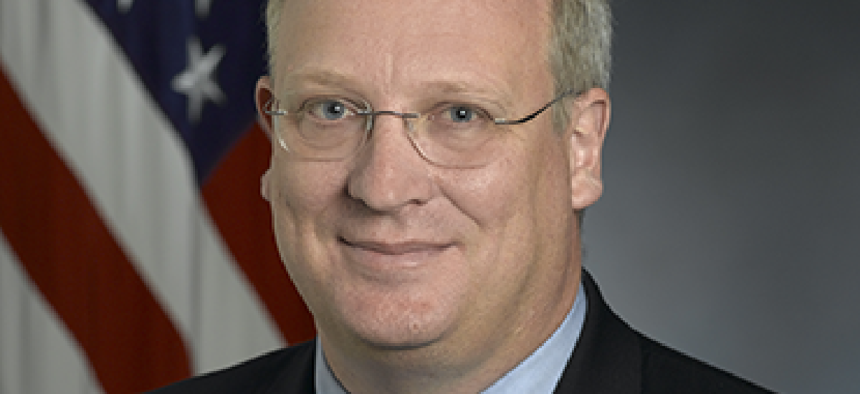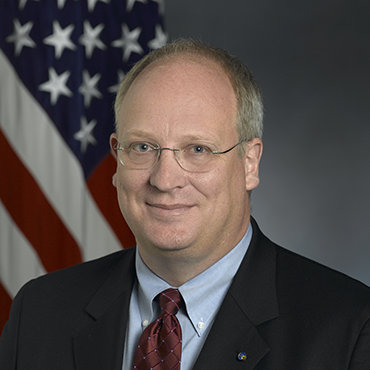What CIOs really think

Here are seven insights into the state of federal IT from the 25th annual CIO survey.

David Wennergren is senior vice president of technology at the Professional Services Council. The results of the CIO survey are available at PSCouncil.org.
Last month, the Professional Services Council and member company Grant Thornton released the 25th Annual Federal CIO and Chief Information Security Officer Survey. This year’s report, “Expanding the Role of the CIO: Integrating Mission, Innovation, Technology, Services and People,” provided a number of interesting insights into CIO priorities and challenges. The report is worth reading by both government and industry leaders and will hopefully foster additional conversations on how to leverage technology to deliver effective mission results.
Here are some of my takeaways:
* Cybersecurity. Not surprisingly, cybersecurity was identified as the top priority this year. Although it’s good that attention is focused on this crucial issue, much still needs to be done — from basic blocking and tackling to a willingness to adopt new ideas and approaches. It’s well past time to finish implementing Homeland Security Presidential Directive 12, Trusted Internet Connections, encryption, intrusion detection and an optimized security architecture.
And nowadays, those are just table stakes. We must also move forward on continuous monitoring, managed security services, data-level security, attribute-based access control and trusted computing from untrusted devices — to take advantage of today’s technology environment and embrace secure information sharing rather than security through denial of service. That is truly a national imperative.
The convergence of technology and services allows a focus on delivering outcomes rather than just delivering systems.
* Cloud computing. Consumption-based buying figured prominently in the report, with a compelling value proposition for cloud computing and other “capabilities as a service.” Unfortunately, aspirations exceed implementations at some agencies, with only 8 percent of interviewees saying they had progressed as far as they wanted in implementing cloud-based solutions.
Managed services allow government to take advantage of industry best practices and innovations, avoid large upfront capital expenditures and depreciation, increase the speed of implementation, and rapidly adjust to changes in demand. The convergence of technology and services allows a focus on delivering outcomes rather than just delivering systems.
Four years after the “cloud first” policy, we need to move faster and ensure that our security efforts enable the rapid delivery of secure solutions rather than serving as yet another impediment to implementation.
* IT acquisition reform. The survey results underscore the fact that many agencies don’t use existing contracting flexibilities to help drive speed, innovation and adoption of best practices. There is so much we could do — right now — to help foster a culture of innovation.
Our contracting practices should enforce the widespread use of statements of objectives rather than rigid statements of work, value alternative proposals from industry, and encourage the adoption of best-value and performance-based contracting. We shouldn’t be surprised that the federal acquisition workforce ranks innovation and speed as low priorities, given the incentive structures currently in place for contracting offices. But that shouldn’t stop us from creating an environment in which the entire acquisition team has a shared performance goal of successful program delivery.
We must also address the current perception-management issue around innovation. We are constraining innovation in government far more by how we ask for solutions rather than by who we ask. There is great innovation in Silicon Valley, to be sure. But there is also great innovation in tech corridors all across this nation, including the Washington, D.C., region. There is room for established companies and new entrants of every size if we offer a competitive environment that encourages rather than stifles innovation.
* FITARA. Twenty years after the Clinger-Cohen Act, we finally have some new IT reform legislation. And now that the Federal IT Acquisition Reform Act has been enacted, we must set our sights on the delivery of results. Although it always helps to have a seat at the table, it’s even more important to have a voice once seated there. The spotlight on CIOs continues to increase, and expectations are high. We must forego the temptation to rely on lengthy reports to Congress and instead turn our attention to measuring agency progress against clearly stated outcomes.
Also, although FITARA is a good step, a more-substantive legislative overhaul is still required. Much has changed in 20 years, and buying and managing IT are radically different in this millennium.
We must create an environment that will encourage the next generation of technology workers to come to government and stay long enough to deliver results.
* IT modernization. Across government, the preponderance of IT funds are still being expended on legacy operations and sustainment. Although every legacy system doesn’t need to be retired, a focused effort on legacy rationalization is needed. We must free up cash to take advantage of new solutions and approaches. One of the values of moving to a managed services approach is that operations and maintenance funds can be repurposed to pay for consumption-based contracts rather than going through a protracted budget process to get new development and modernization funding.
* Mobility. CIOs said that although they are making progress in implementing telework at their agencies, additional attention must be turned to the adoption and use of mobile devices and solutions. The future is a self-service, cloud-based, mobile-device world; our goal should be secure access from any computing device by any trusted user, anywhere, anytime. We must capitalize on rather than avoid the power of smartphones, tablets, the Internet of Things and a Web-connected world.
* Workforce. Attracting and retaining the workforce of the future is a crucial issue for industry and government. We must create an environment that will encourage the next generation of technology workers to come to government and stay long enough to deliver results. That means reconsidering the environment that we will provide for employees in terms of technology, work location, leadership opportunities, mentoring, continuous learning and performance management.
A few years ago, the federal CIO Council released a “Net Generation” guide that offers important insights into younger employees’ expectations and recommendations on how to work within the federal human resource process to get better results. The report contains a number of actions that should still be considered.
Times of change are times of opportunity. Today, opportunities abound if we can remove some of the barriers that slow the adoption of new ideas and technologies.
NEXT STORY: Video: How to Run Android Apps on PCs and Macs


